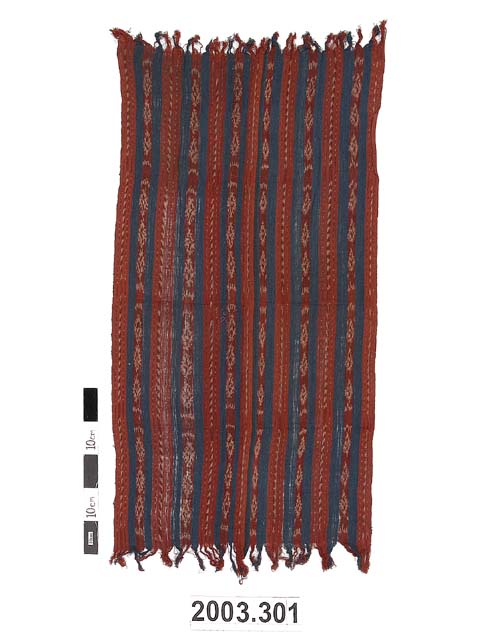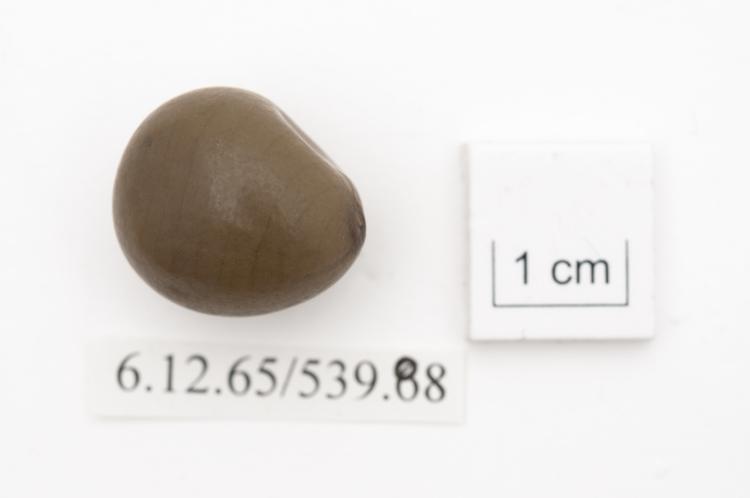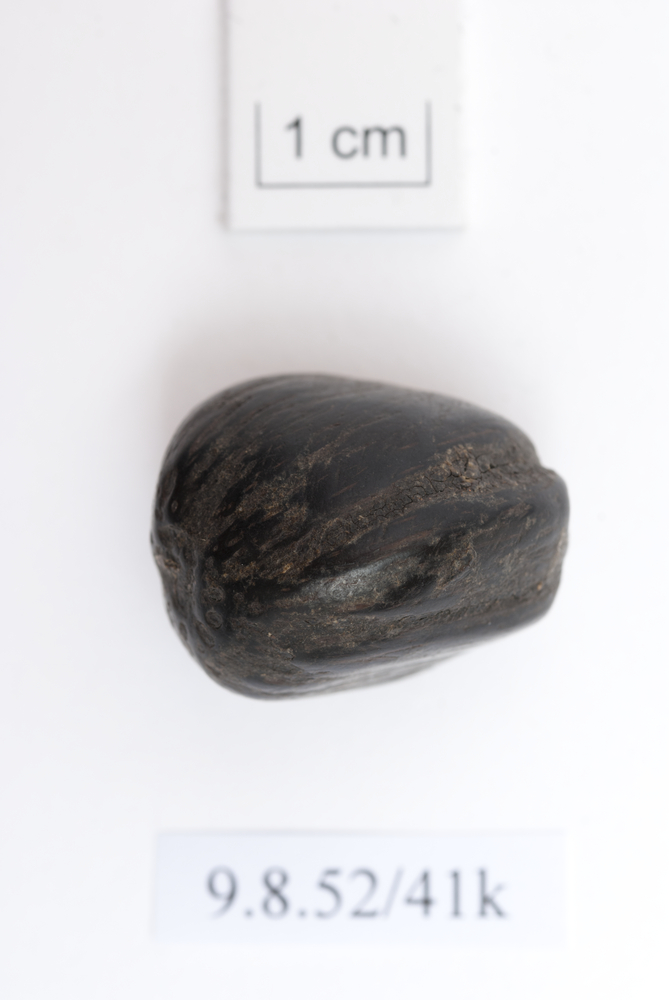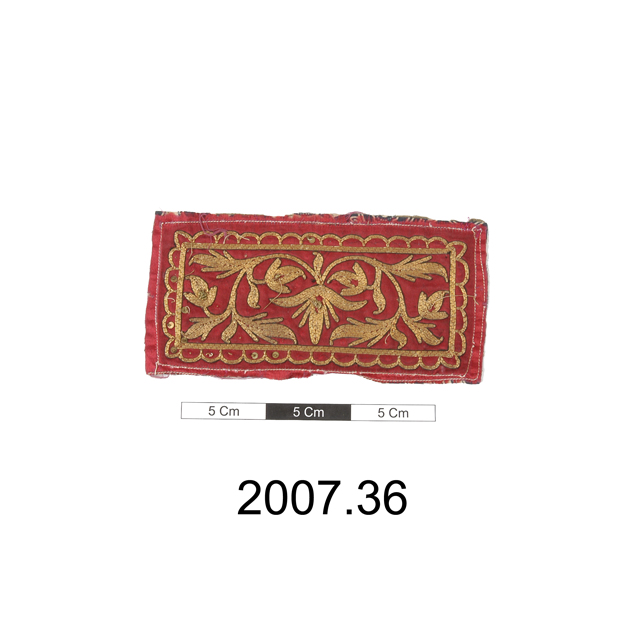
Shadow puppet, cut and painted hide depicting a dancing girl with a long plait and an articulated head.
Used in shadow puppet plays to tell a famous Indian story "The Ramayana", which is the story of Prince Rama and Princess Sita. This Princess Sita puppet has articulated arms, waist, wrists, and hair, which means that the puppeteer can move her very delicately. These kinds of puppet shows would often be put on at festivals, markets, and religious ceremonies; a big flat screen would be hung on stage with a light behind it, and the puppet would be moved close to or further away from the screen to perform. Puppeteering is an ancient tradition in India, passed down through families, with children learning how to puppeteer from as young as 4 or 5. Shadow puppets are especially popular in South India, in Andhra Pradesh, Karnataka, Kerala, Tamil Nado, and other areas.






